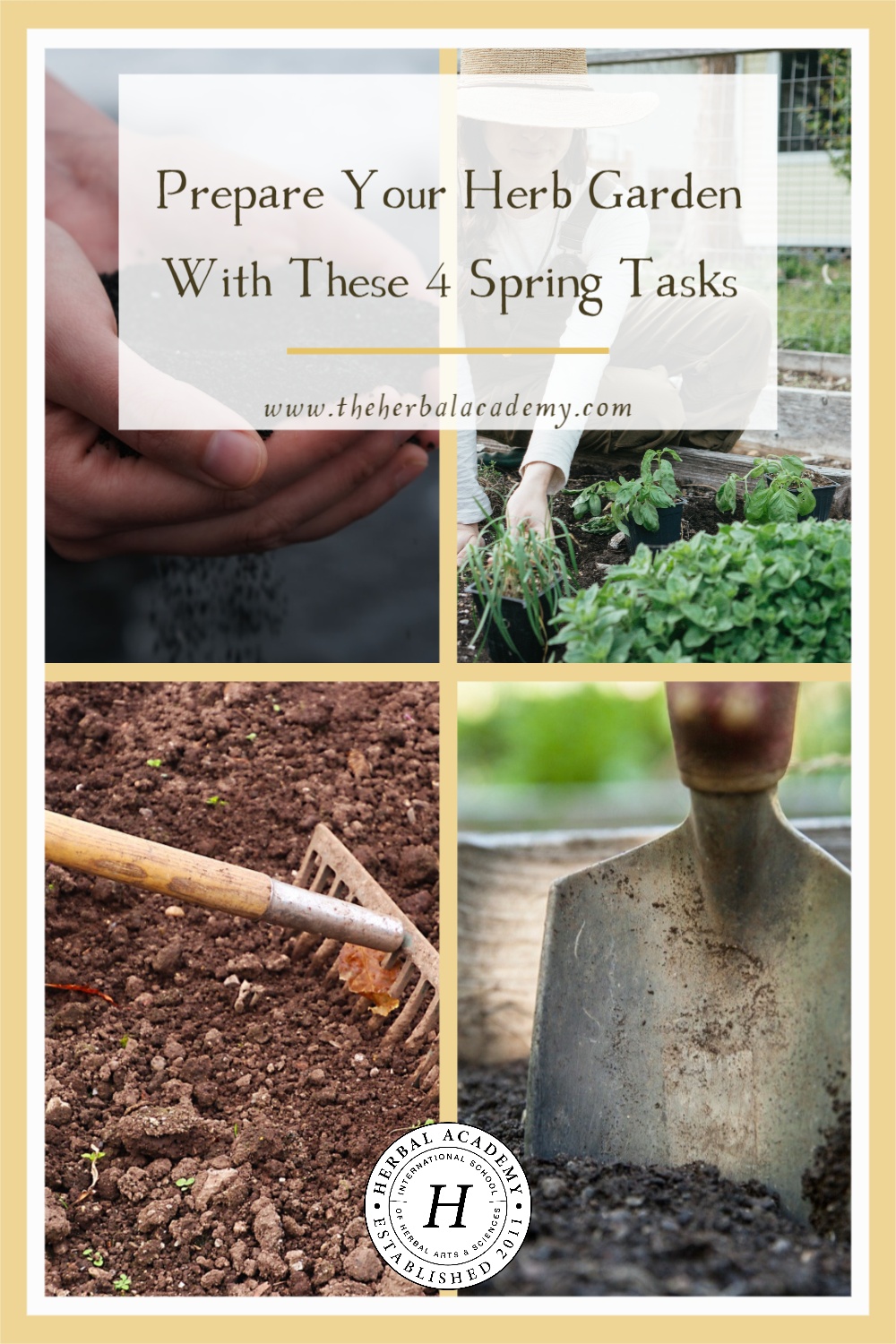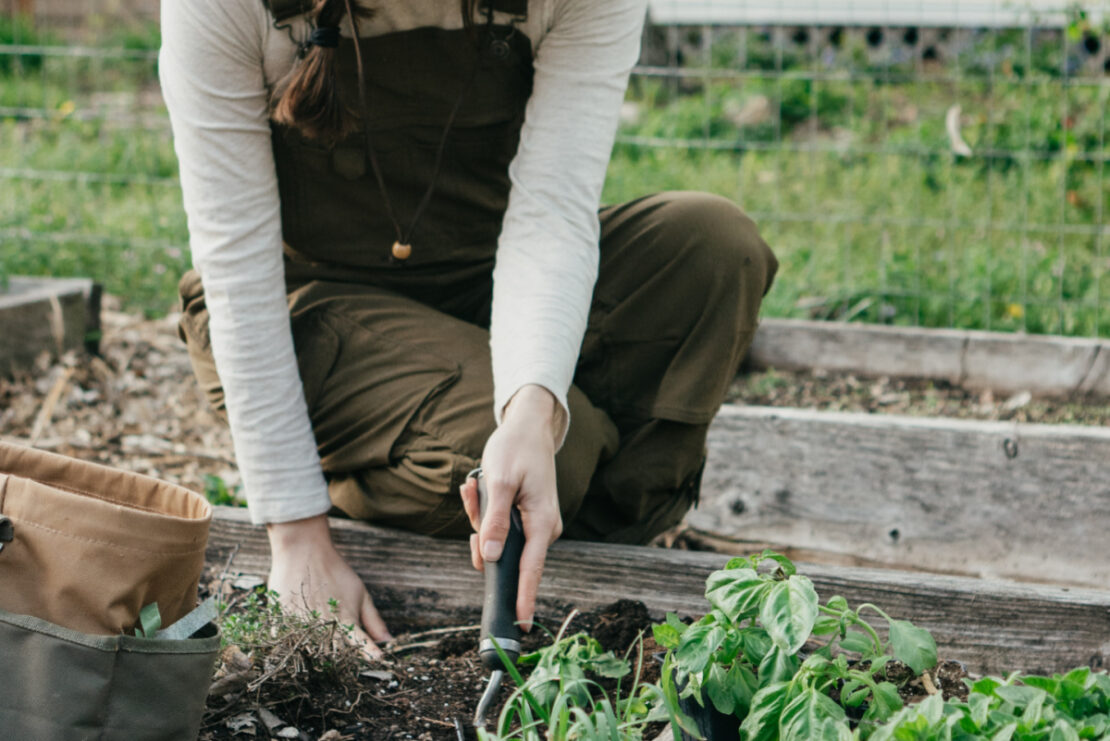
Prepare Your Herb Garden With These 4 Spring Tasks
Spring is an exciting time in the herb garden! So many beloved herbs are perennials, and as they begin to sprout and grow after the long winter slumber, we may have visions of abundant harvests ahead. By preparing your herb garden for the season with these spring tasks you can make that vision a reality.
Before you prepare your herb garden, be sure to prepare yourself. Many of us move our bodies much less in the winter than during warmer months, and eagerness to get outside and get to work can result in injuries from underused muscles. Gentle physical activity, stretching, and slowly getting comfortable with the movements we use in the garden such as bending, squatting, and pushing are just as important to our body’s health as drinking the lovely herbal teas we will harvest later in the season. Your garden benefits from your own self care, so don’t overlook this step.
Four Spring Tasks to Prepare Your Herb Garden
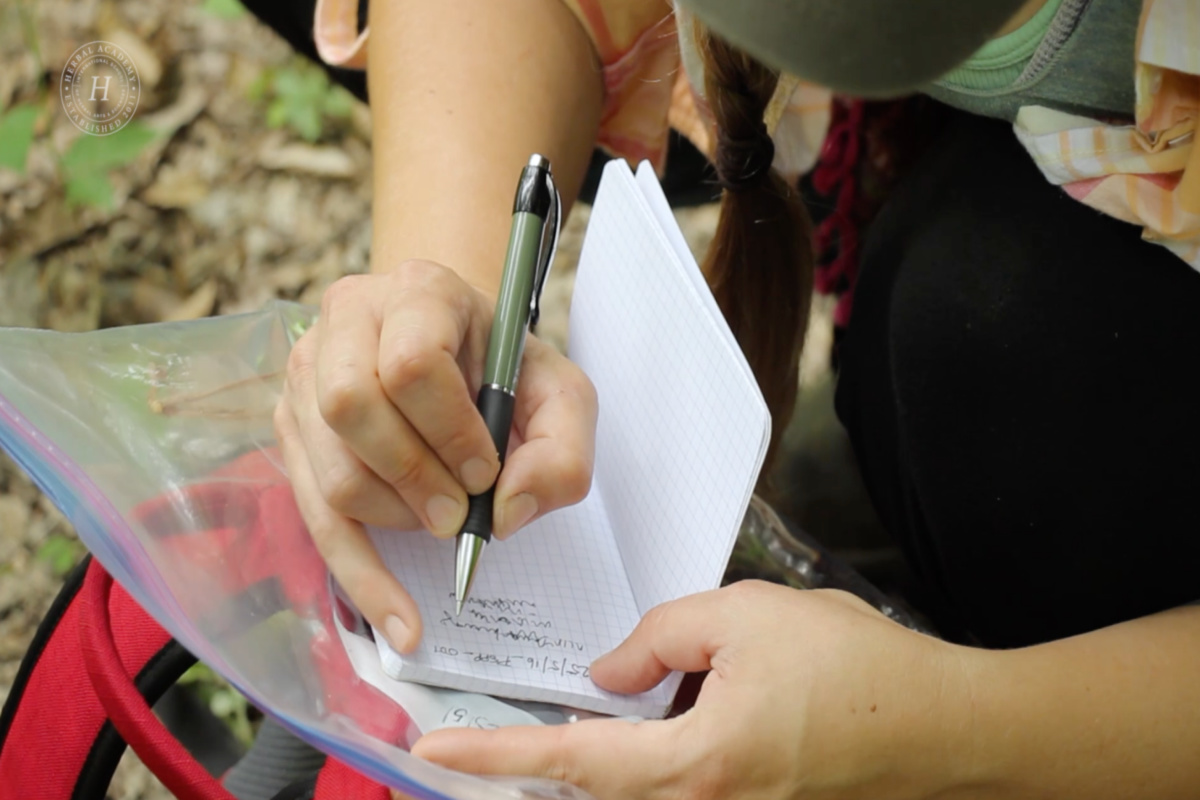
Observe and Assess
Whether your herb garden is one small bed or many, if you have any garden maps now is the time to pull them out and check in with your goals for the season. Did you run out of lemon balm (Melissa officinalis) tea this winter? Is there a space you can grow more of it for next year? Get out in the garden, take a walk around, and observe. What plants seem to be returning well? Where do you have more space for planting or need to give more space to plants that have grown bigger over the years? There is a lot to take in and plan for at this point, so making lists and rereading notes from last year can be helpful as you look ahead.
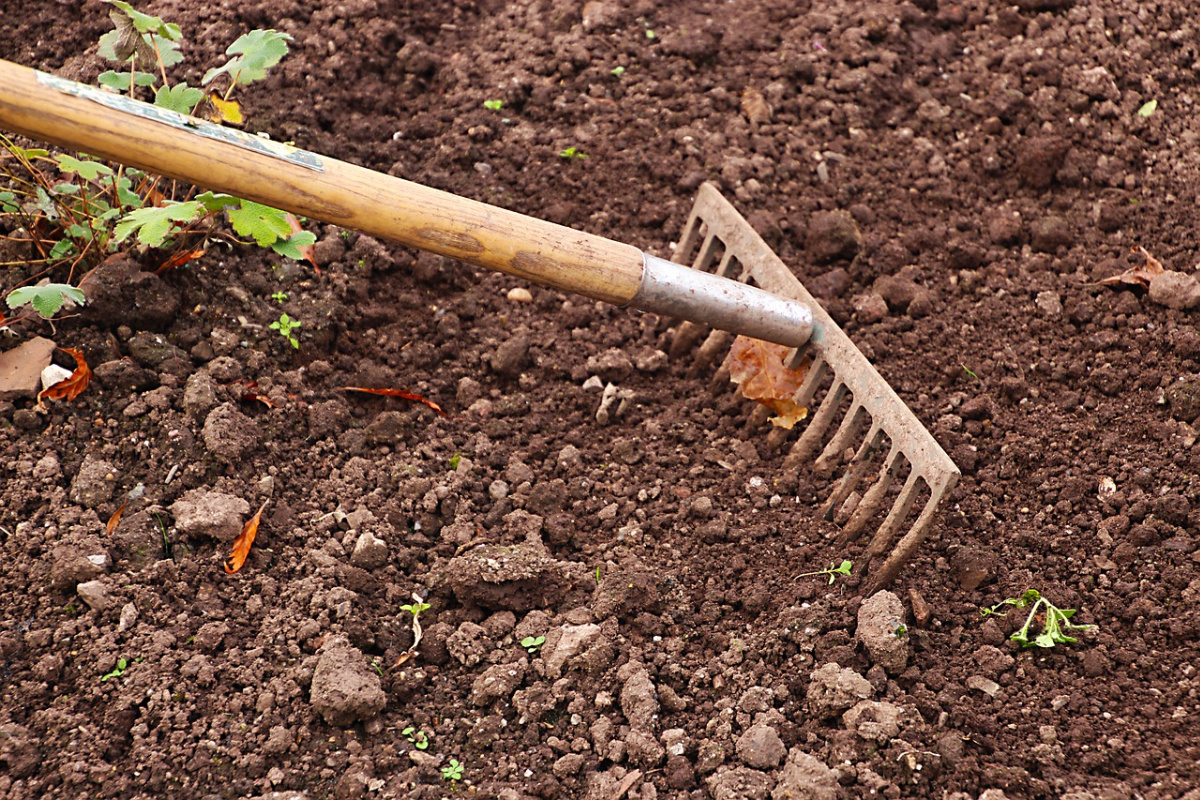
Cut Back Plants and Rake Beds
Of all our spring tasks, trimming and raking may require the most patience. However, these tasks may also be the ones we most look forward to. We don’t want to act on these tasks until the temperature has been over 50 degrees for a week and it isn’t too muddy in the garden. Holding off on raking until the weather has warmed allows beneficial insects that have overwintered in plant stems and leaf mulch, or their eggs or pupae, to reemerge or even hatch. This helps ensure healthy populations of native bees, ladybugs, luna moths, and so many more insects that support pollination in our herb gardens.
With warmer temps, your soil will begin to dry out, which we want because working in a muddy garden can lead to soil compaction. Soil compaction can inhibit root growth and water absorption later in the season and be detrimental to your garden’s success. Eventually, warm weather and dry soil will allow you to get into the garden and finally get your hands dirty, cutting down last year’s plant stalks and raking any leaves and plant debris from your beds.
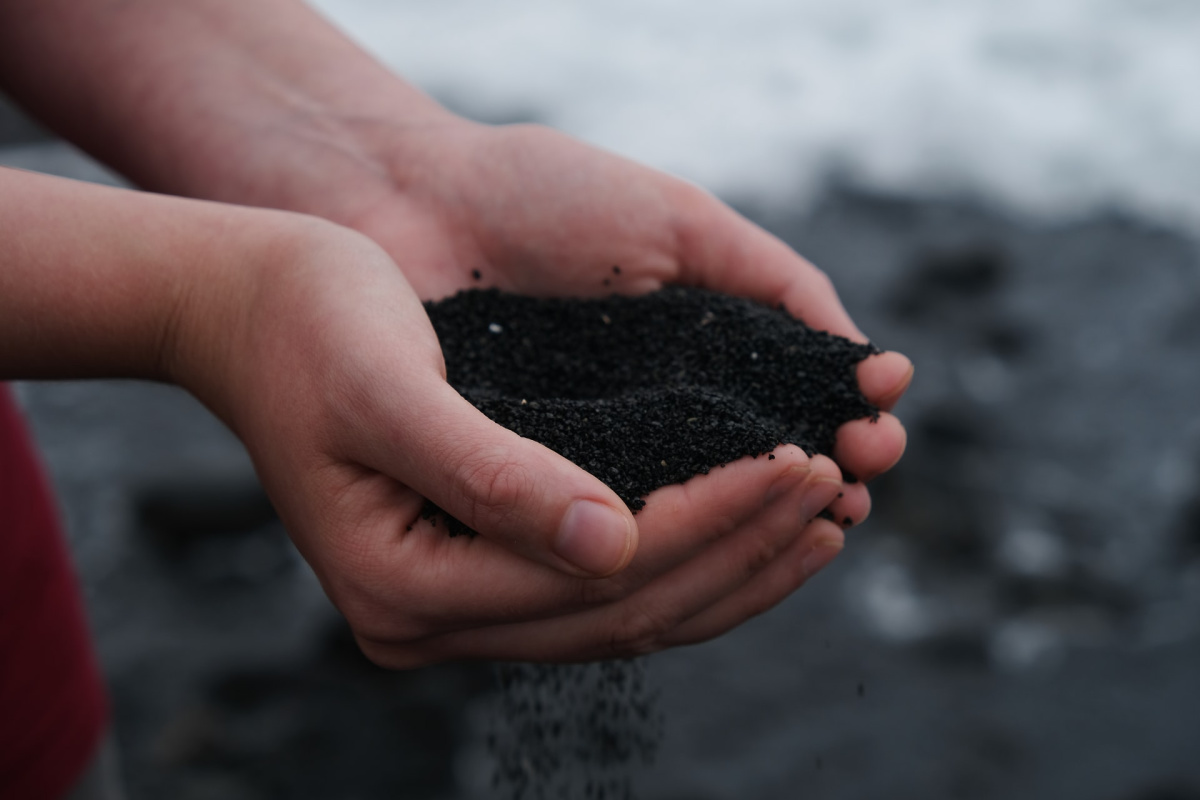
Add Compost
Once your plants have been cut back and the beds raked, it’s time to add compost. Whether using store-bought or homemade compost, enriching your soil with nutrients is an act of care for your herb garden. You can add a “top dressing” to many perennial herbs. To do this, you add compost to the surface of the soil around the plants and mix it in slightly with the top layer of soil using your hand or a small hand rake. You don’t want to disturb the roots of the plants but simply add some more nutrients to the soil surrounding them.
Some herbs like richer, heavily composted soil; others are happy in a drier and less fertile place. This is something to learn about when researching the growing conditions for individual plants. For example, if you plant ashwagandha (Withania somnifera), which only grows as an annual in the northeast, you would want to plant it in a bed to which you have added and mixed in a couple of inches of compost. Ashwagandha is what we refer to as a “heavy feeder”—it is a nightshade and, like other plants in the nightshade family (Solanaceae) such as tomatoes, ashwagandha will benefit from this richer soil.
On the other hand, those plants we commonly refer to as Mediterranean plants like lavender (Lavandula angustifolia) often do not want a richer soil, so to those beds, you only need to add compost every few years at the start of the season. Some of these Mediterranean plants develop a higher content of volatile oils and increased herbal potency when they are grown in less nutrient-dense soil. Over time you will become more familiar with the varied needs of the herbs in your garden.
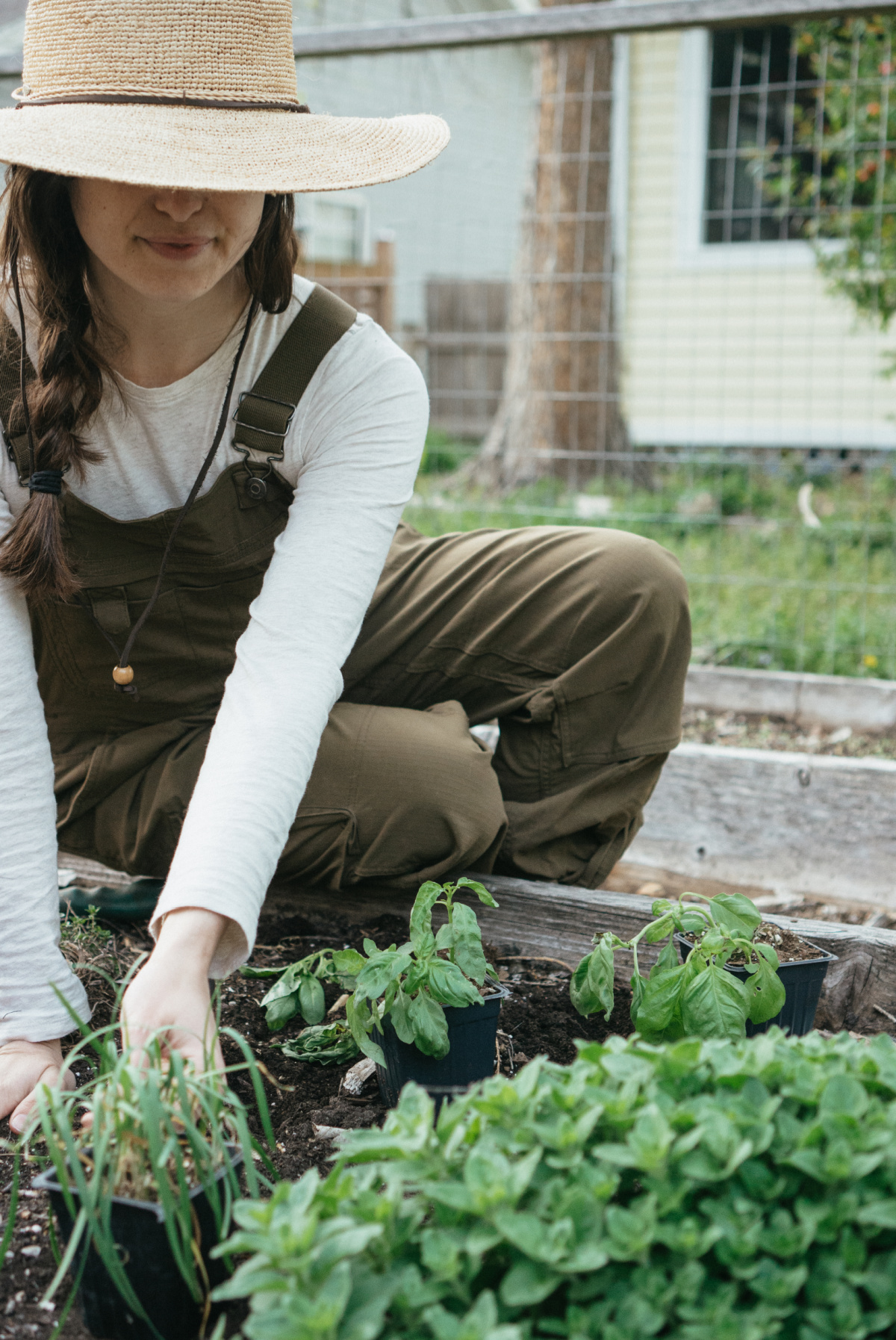
Divide Perennials and Move Plants
As your herb garden matures, certain herbs will grow larger and can benefit from being divided. Spring is an optimal time to do this. For most of these herbs, you can dig up the entire plant with a shovel and then with a sharp spade split the roots in half or more depending on the original plant’s size. For example, lady’s mantle (Alchemilla vulgaris) takes easily to division and you can usually divide it to get multiple smaller plants that can be replanted in new areas of your garden or be shared with friends who are starting herb gardens of their own.
Moving plants is the other part of this spring task. Often we see plants that easily self seed, like feverfew (Tanacetum parthenium), pop up in areas we may not want them growing, like a pathway. Rather than just weeding this baby feverfew plant out, you can dig it up and replant it in a garden bed. In general, we can move plants to new spots in the garden on cool spring mornings or late afternoons. It is best not to do this when the sun is directly overhead. You can also do this with plants that you have assessed would do better in different areas of your garden because of different light or water requirements. These are factors you may have overlooked when you first planted them.
To move a plant, use a garden tool such as a hori hori (sometimes called a garden knife) or a narrow garden trowel to dig it up, taking all of its roots with it. When plants have been freshly moved, they need abundant water, just like newly sprouted seeds. So, if you are having a dry spring, be sure to check your relocated plants daily and water as needed. Don’t be alarmed if they look a bit wilty at first; in a week they will have started to reroot into their new home and look much better.
In Closing,
There are many spring tasks to prepare your herb garden for the season and these four cover the basics. By taking the time to slow down, pay attention to your body, the weather, and your garden, you will set yourself up for an enjoyable and abundant growing season.
For more on herb gardening, see:
How and Why to Start an Herb Garden
7 Best Plants for a Beginner’s Herb Garden
